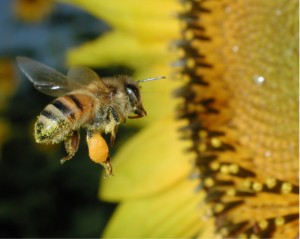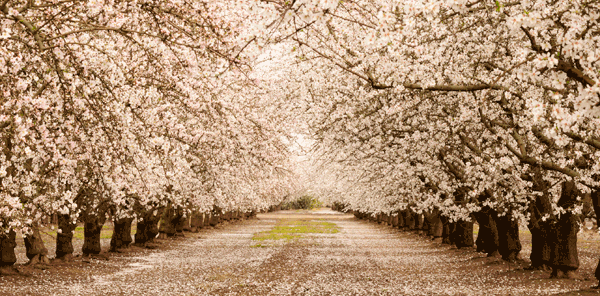Winter is a special time for celebrating – why not celebrate bees, too? Here are a few ways you can enjoy honey bees and the good gifts they give us this season:
 |
| Beeswax makes beautiful candles! |
1) Burn beeswax candles in your home to enjoy their sweet smell and pretty glow. Beeswax is highly prized for candle-making because it burns smokeless and dripless, and has a lovely fragrance. Beeswax candles make great gifts, by the way!
2) ‘Tis the season for coughs and runny noses, too. Try a spoonful of honey to soothe and coat a sore throat or relieve a cough. Honey is an incredible medicine! If you end up with a minor cut, burn, or scrape this holiday season, use honey under your bandage to aid in healing – honey is antibacterial!
2) ‘Tis the season for coughs and runny noses, too. Try a spoonful of honey to soothe and coat a sore throat or relieve a cough. Honey is an incredible medicine! If you end up with a minor cut, burn, or scrape this holiday season, use honey under your bandage to aid in healing – honey is antibacterial!
3) Looking for a honey bee-friendly gift? You can help the honey bees and brighten someone’s day at the same time:
- A jar of honey makes a very sweet gift (find unique honey varietals here)
- Honey isn’t just for eating – it’s a sweet treat for skin, too! A family
member, friend, or teacher would love a bottle of Lemon Drop Body Wash
or jar of Lemon Drop Body Scrub to exfoliate and moisturize skin. Learn
how to whip up these fun, easy recipes by watching the short videos!
- Give the gift of bees – you and your family, school, or club could help a
needy family by giving them a beehive!
- Encourage someone to cook with honey – make up a jar of easy Honey Spice Oatmeal Cookie Mix!
 |
| Honey bees love asters and many other kinds of flowers - which flowers will you plant for the honey bees next spring? |
- Beeing by Rosanne Daryl Thomas
- Beekeeping for Dummies by Howland Blackiston
- Bees in America by Tammy Horn
5) Honey is yummy in all kinds of holiday dishes – how about Honey Hot Chocolate, Honey Turkey Rollers, or Peppermint Candy Crisps? Find these tasty recipes on the “Cooking with Honey” tab!
 |
| Thank you, honey bees, for bringing us almost 1/3 of our food! |
8) Above all, remember the importance of honey bee pollination: at Christmas dinner or another holiday feast, fill your plate, then scrape 1/3 of the food back off (even the tasty stuff). That’s just about what you’d have left if honey bees disappeared! Now “bee” thankful for the bees and replace the food onto your plate.


































